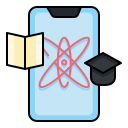Virtual Reality in the Classroom: Enhancing Learning Experiences
Virtual reality (VR) technology is revolutionizing the way students learn by immersing them in dynamic and interactive experiences. By bridging the gap between theory and practice, VR allows educators to create engaging lessons that capture students’ imaginations and deepen their understanding. This innovative approach is transforming classrooms into vibrant learning environments where curiosity flourishes and knowledge retention improves. Embracing VR in education not only prepares learners for the future but also makes education more inclusive and accessible. In the following sections, we explore the multifaceted impact of virtual reality in classrooms, from its educational benefits to the challenges and future possibilities it brings.
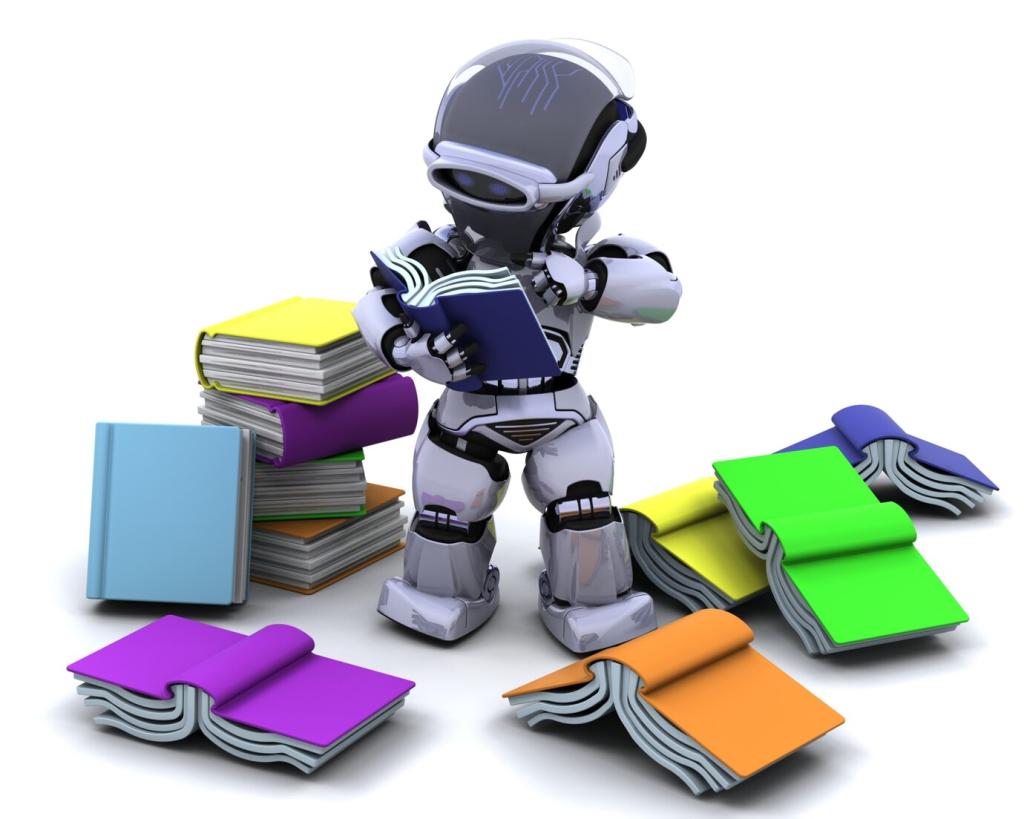
Transforming Passive Learning
Traditional education often relies on lectures and reading assignments that leave students as passive recipients of information. VR shifts this paradigm by allowing students to step inside the content—whether exploring ancient civilizations or conducting virtual science experiments. This experiential approach nurtures curiosity and encourages students to ask questions, interact with their environment, and apply their knowledge in practical scenarios.
Increasing Student Motivation
Engagement emerges naturally when learning feels like an adventure. Virtual reality taps into this by presenting lessons as immersive experiences rather than routine tasks. Students are more likely to participate enthusiastically when lessons take them on journeys through space, into the depths of the ocean, or inside a beating human heart. This elevated motivation translates into better attendance, improved class participation, and deeper, more sustained learning.
Enhancing Retention Through Experience
Research shows that experiential learning leads to higher retention rates. With VR, students don’t just read about historical events or watch videos—they live through them. These memorable experiences create mental associations that reinforce learning. As students recall these vivid encounters, the information becomes anchored in their long-term memory, allowing for more effective recall during exams and beyond.
Previous slide
Next slide
Promoting Collaboration and Social Skills
Fostering Group Problem-Solving
Collaborative VR activities encourage students to work together toward common goals. In a virtual environment, teams might be tasked with navigating a maze, performing scientific investigations, or engaging in historical reenactments that require cooperation. These scenarios foster group decision-making, leadership, and compromise, all within an engaging and controlled digital classroom.
Building Communication Skills
Immersive VR experiences often require students to articulate their thoughts and listen actively to others. Whether discussing strategy, narrating their actions, or reflecting on outcomes, students use language in meaningful contexts. Practicing these communication skills in a virtual setting helps them become more confident speakers and attentive listeners, both critical for lifelong success.
Encouraging Empathy and Perspective-Taking
Some VR experiences are designed to place students in the shoes of people from different backgrounds or circumstances. By simulating life in another culture, era, or role, these experiences deepen students’ understanding and empathy. Discussing these shared virtual experiences with peers further builds awareness of diverse perspectives and fosters a more inclusive classroom environment.
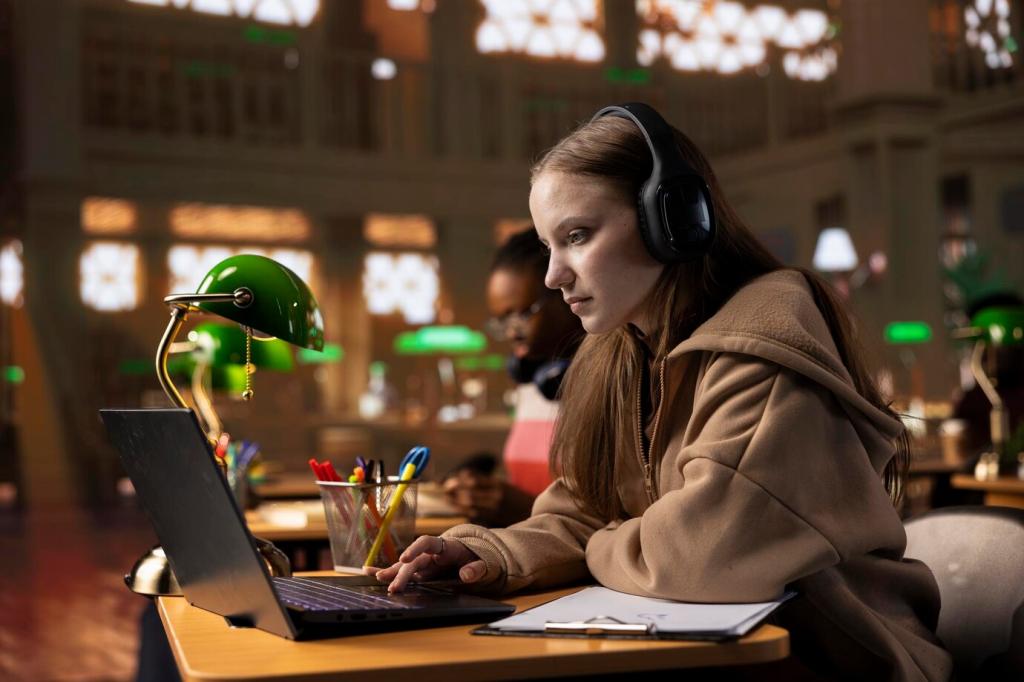
Expanding Access to Unreachable Worlds
Traveling Through Time and Space
VR makes it possible for students to experience historical events firsthand, walk through ancient cities, or witness key scientific discoveries. These time-traveling adventures allow learners to visualize and participate in moments from the past, strengthening their appreciation and understanding of history and culture in a way textbooks cannot replicate.
Exploring the Microscopic and the Macroscopic
From the smallest atoms to the largest galaxies, VR enables exploration at every scale. Science classes can dive deep inside living cells or soar across solar systems, observing processes too small, large, or dangerous to view directly. This expanded perspective helps students grasp complex scientific phenomena, reinforcing theoretical knowledge with vivid, interactive demonstrations.
Overcoming Physical and Economic Barriers
Field trips and hands-on activities can be costly and inaccessible for many schools. VR offers a cost-effective and inclusive alternative, allowing students everywhere to experience museums, labs, and distant ecosystems without leaving their desks. By democratizing access to resources, VR ensures a level educational playing field for students regardless of their location or means.
Enhancing Teacher Effectiveness
Enriching Lesson Content
Teachers can use VR to supplement textbooks with immersive experiences that reinforce key concepts. Whether it’s a virtual chemistry lab, a simulated courtroom, or a digital art gallery, these resources bring subjects alive and cater to different interests. Educators are empowered to select content that aligns tightly with goals and learning outcomes, making lesson delivery more targeted and engaging.

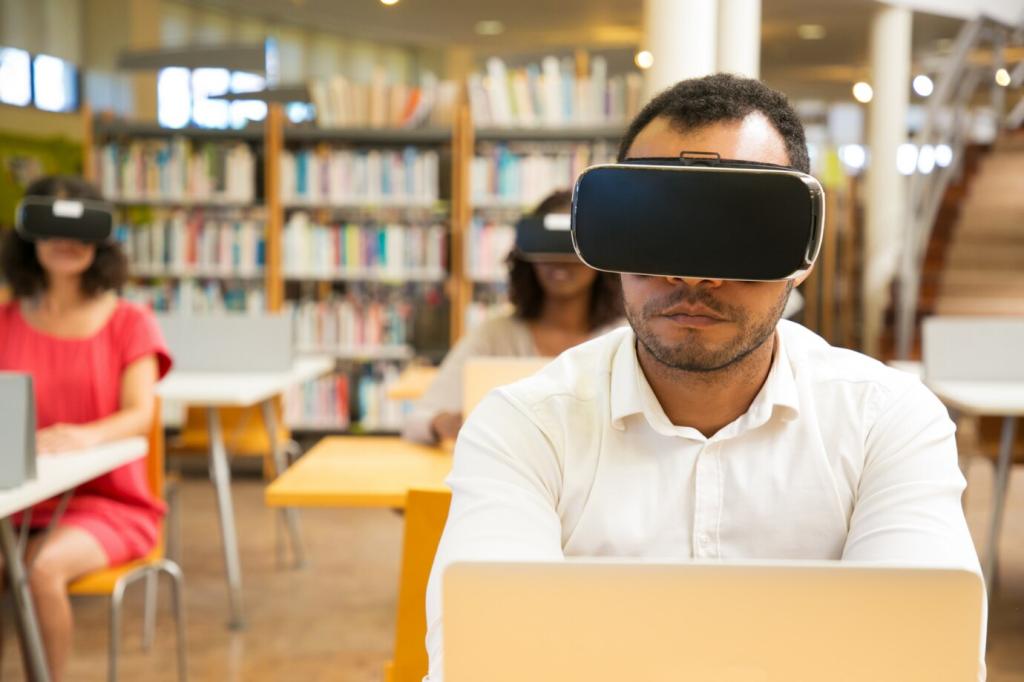
Managing Costs and Accessibility
Hardware and software investments can present significant obstacles, especially for underfunded schools. To address this, educators and administrators are exploring solutions such as shared devices, seeking grants, and using affordable VR platforms compatible with smartphones. Collaboration and resourcefulness are key to making VR an accessible tool for all students.
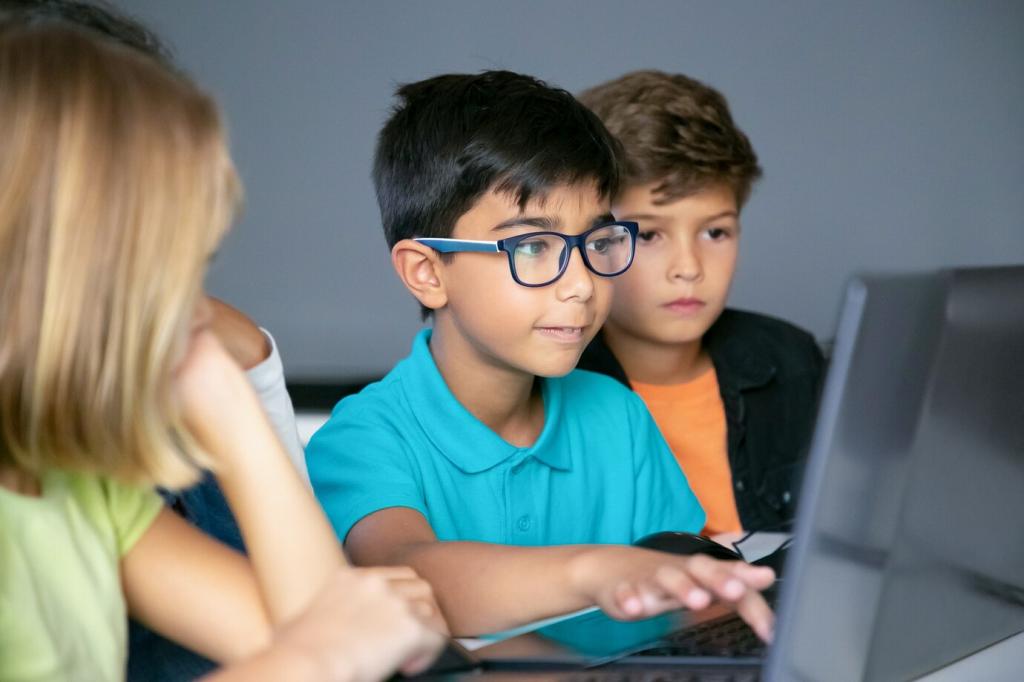
Ensuring Technical Support and Training
Teachers need adequate training to use VR confidently and integrate it into their teaching practices. Establishing ongoing professional development, providing technical support, and sharing best practices are essential steps. When teachers feel prepared and supported, they can maximize VR’s potential and avoid disruptions during lessons.
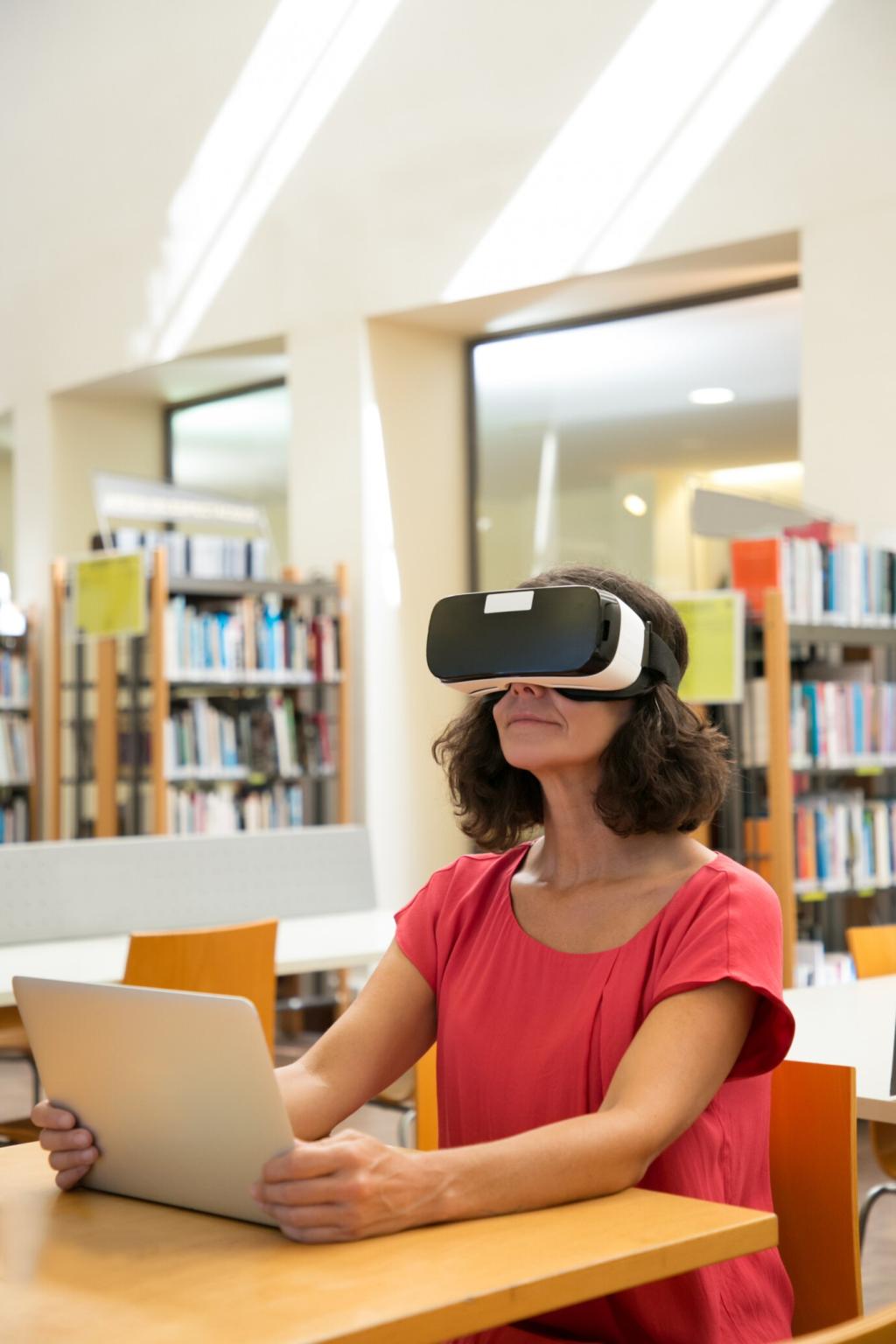
Addressing Health and Safety Concerns
Some students may experience motion sickness, eye strain, or discomfort during extended VR sessions. Educators must implement guidelines for safe use, including time limits and breaks. It’s also crucial to consider physical space and supervise students to prevent accidents. By prioritizing health and safety, schools can ensure a positive VR experience for everyone.
Fostering Lifelong Learning Skills
As technology becomes increasingly integral to daily life and work, digital literacy is a critical skill. Navigating VR platforms helps students become comfortable with new tools, troubleshoot issues, and understand the ethical and practical considerations of emerging technologies. These abilities position students for success in higher education and future careers.
VR empowers students to take ownership of their education by choosing topics, setting goals, and directing their learning pace. This independence nurtures self-confidence, curiosity, and resourcefulness. Through guided exploration and autonomous discovery, students learn how to seek information, evaluate resources, and solve problems—a foundation for lifelong learning.
Exposure to VR’s limitless possibilities inspires students to ask “what if?” and pursue creative solutions to complex problems. By seeing, doing, and experimenting in virtual environments, learners are encouraged to push boundaries and think innovatively. This habit of curiosity not only enriches academic achievement but also prepares students to become innovators and leaders in tomorrow’s world.
